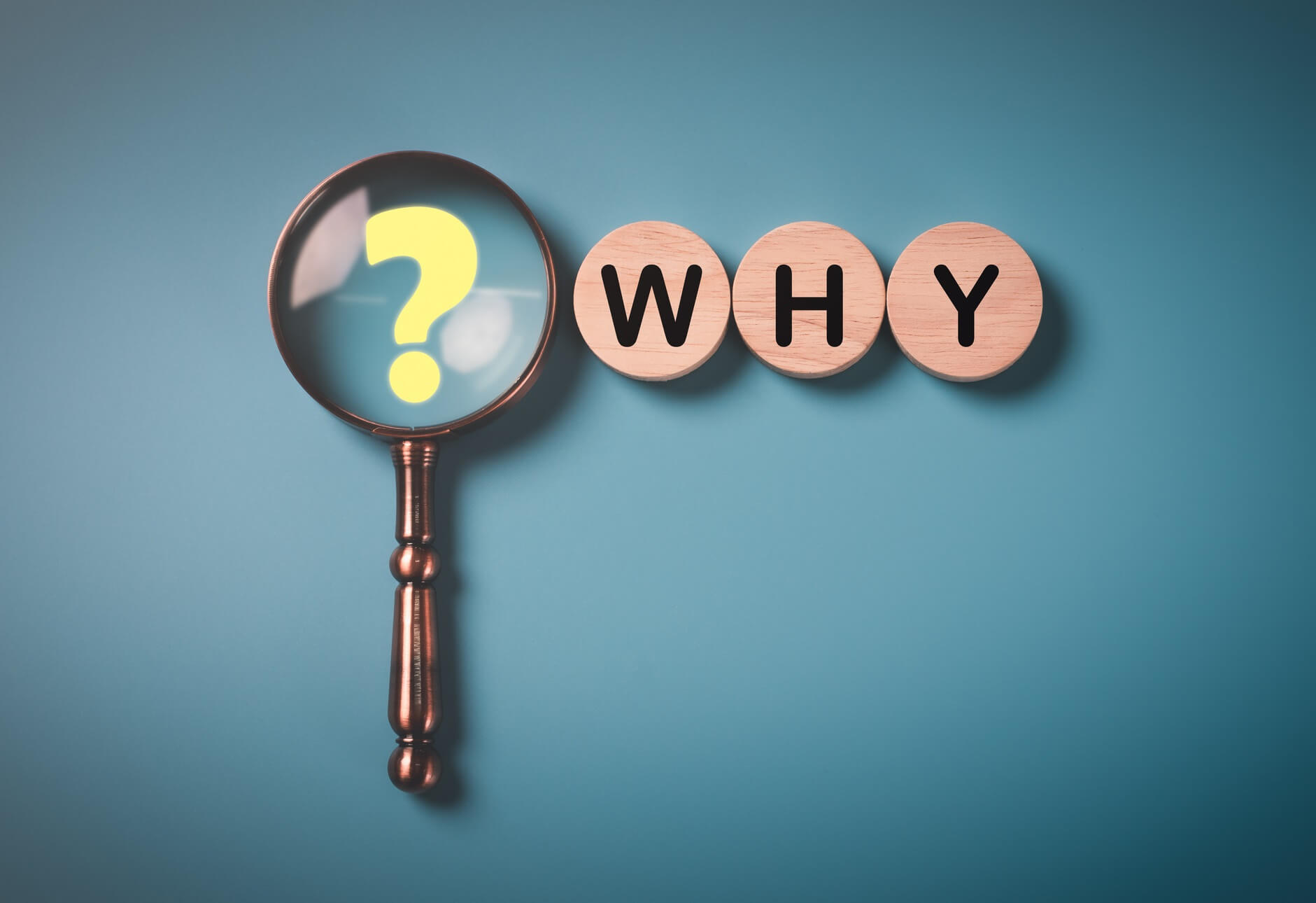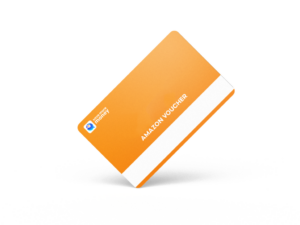
Whether you have a cash ISA, a stocks and shares ISA, or a lifetime ISA, you’re allowed to save up to £20,000 in your account between April and April of the tax year.
From as little as £1, any deposits you make can accrue interest or, if invested in the stock market, generate returns, making ISAs a smart and accessible destination for your money.
You may prefer to deposit a lump sum at the start of the tax year, or to drip feed your allowance into your account in weekly or monthly instalments. Both are credible strategies. Whichever you decide, here are six reasons why you should make sure to use your ISA allowance.
1. Start investing from £1
Some cash ISAs allow you to open an account by depositing as little as £1, and even stocks and shares ISAs can often be started with a minimum deposit of £500. This makes ISAs one of the most accessible ways to start investing.
With an upper limit of £20,000, even if you’re only able to invest a very small amount in the beginning, you can quickly build up a sizeable pot of savings.
2. The sooner your start, the higher the returns
The earlier you can start contributing deposits to your account, the more time those deposits have to accrue interest or returns. Of course, larger investments generate larger returns, but even if you don’t have a large lump sum to invest up front, your cash is better off sitting in your ISA than it is in your current account, especially if you plan to invest for a long period of time.
If you have a stocks and shares ISA, there are other things to consider. The above is still true, and £20,000 invested at the start of a year in which your portfolio performs well is clearly the best option. But there’s no guarantee of good performance, and you may prefer to manage your risk by investing slowly and keeping an eye on the markets.
3. Use it or lose it
You have between the 6th of April 2023 until the 5th of April 2024 to pay in up to £20,000. If you don’t use your full allowance, you can’t carry it over to the next tax year.
So, for example, if you’ve deposited £18,000 by 5th April 2024 and then deposit your full amount the following tax year, by 5th April 2025, you’ll only have deposited £38,000 of a possible £40,000.
4. Shield your returns from taxes
By depositing money in your ISA, you’re essentially shielding your returns from taxes, as any profits they generate from the buying and selling of investments don’t incur income or Capital Gains Tax (CGT).
You also won’t pay tax on any dividends from shares. For the tax year 2023/24, the tax-free dividend allowance for all taxpayers has been halved from £2,000 to £1,000, and it’s due to be slashed again to just £500 from 6th April 2024. That means, from next year, basic rate taxpayers will start paying 8.75%, and higher rate taxpayers 33.75%, on any dividends over £500. By investing these dividends in an ISA, you can protect them from these changes.
ISAs also give additional rate taxpayers, who don’t benefit from a personal savings allowance like higher rate taxpayers, a way to ring fence some of their savings from income tax.
5. Take advantage of flexible ISAs
If you open a flexible ISA, you don’t need to worry about losing your allowance or paying penalties for withdrawals, giving you the option to free up cash when you need it and to make smarter investment decisions.
That’s because with a traditional ISA, if you withdrew £2,000, your allowance didn’t reset until the start of the new tax year. Flexible ISAs allow you to deposit and withdraw at will. Be aware that Lifetime ISAs and Help to Buy ISAs don’t offer flexible terms, and could charge you for early withdrawals.
6. You can transfer to a better ISA
Have you started saving with one provider or type of ISA and suddenly discovered better benefits or interest rates elsewhere? No problem: there’s nothing to stop you transferring your money from one provider to another or even from a cash ISA to a stocks and shares ISA.
The only restrictions are that, if you’re transferring savings from the current tax year, you have to transfer the full amount. Savings from previous tax years can be transferred incrementally.
How to invest your ISA allowance
With flexible accounts, minimum deposit amounts, and the ability to transfer from one ISA to another, you can find a way to use your allowance that works for you. You can even spread your allowance over multiple types of ISA. For example, you could deposit £5,000 in a flexible cash ISA, which you can dip into if necessary, £10,000 in a stocks and shares ISA to generate returns over the long term, and £5,000 in a lifetime ISA to save up for a home.
Whatever you do with your personal allowance, just make sure to use it.


